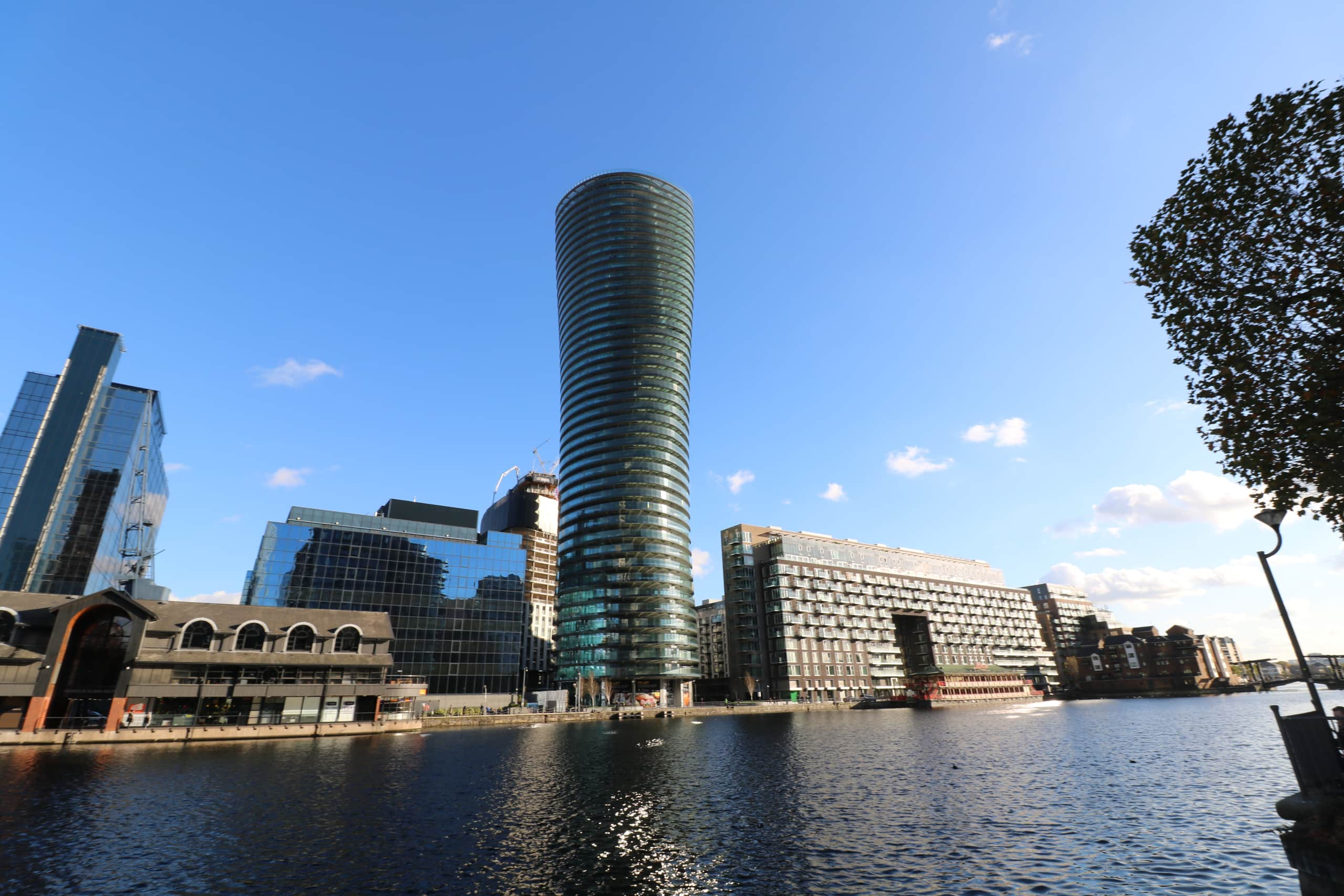Embodied Carbon
With carbon as such a hot topic and at the front of our minds so often, it is important to consider the impact of embodied carbon in all forms of construction. This is no different when designing, manufacturing, and installing balconies. It is now mandatory in many countries to build properties as ‘net zero ready’ by 2030. With this date now rapidly approaching and with a global focus on achieving net zero carbon emissions by 2050, reducing the embodied carbon in construction is a method of working towards that goal.
What is embodied carbon and where is it found?
Embodied carbon refers to the carbon dioxide (CO2) emissions produced in the fabrication of materials and eventual construction during the lifecycle of a building or type of infrastructure.
Fabrication of building materials can create CO2 emissions. Legacy materials such as concrete may become significant contributors to carbon emissions. Whilst generally the materials making up the frame and structure of a building are the primary contributor, the transport of those materials to the site on which they are being installed can also be a contributing factor.
Embodied carbon is the carbon footprint of a project, building or piece of infrastructure before it becomes operational. It refers to the history of carbon emissions. It can also refer to any carbon emissions produced up until the handover of the building such as burning fuel on a commute, cooking a meal in the office, or even powering a laptop used to communicate amongst the project staff.
How can you save on embodied carbon?
There are various ways to reduce the embodied carbon in construction. By tackling the amount of embodied carbon in a project at the design phase, projects can be greener and save drastically on the carbon emitted in the process.
During the fabrication of construction materials, it is possible to limit the carbon intensity of materials used. For materials with high carbon footprints such as aluminium, careful use is key, but not perilous. Aluminium has a high volume of embodied CO2 per tonne, but the relatively small weight used per balcony means that emissions can be kept to a very low level. As such, it is reasonable to use any material in a design, but when using it, it may be pertinent to keep the volume of it used to a minimum.
Though recycled materials can be difficult to obtain and may not offer guaranteed structural performance, it is advisable from an emissions perspective to recycle and reuse materials. This cuts down on the energy used on virgin/raw material and so reduces embodied carbon in a final product drastically. Reclaimed material, or even content with highly recycled value, is very important in metals. By reusing materials, it is possible to cut down embodied carbon by up to four times.
Aluminium balconies vs Concrete balconies
The qualities of aluminium and concrete balconies can differ greatly, and each has its situational benefit. But when considering embodied carbon, aluminium balconies have an advantage.
Aluminium balconies can be manufactured to be lightweight – approximately 30% the weight of a concrete alternative – and therefore provide a reduced number of brackets connected back to the façade of the building. This, in turn, reduces the carbon emissions in extra construction, in extra materials used for fabrication and reduces the risk of cold bridging – meaning excess operational carbon is avoided from the outset.
Further to this, Sapphire’s Glide-On™ Cassette® system increases the speed of installation, cutting down on transport, working and crane hours. Each of these contains some embodied carbon to a degree – the emissions from the combustion engine of a car or van, or emissions from running a crane for an extended period of days – the Glide-On™ Cassette® system can only be used with an aluminium frame due to its light yet rigid nature, reducing emissions from the outset.
Making science-based choices to positively impact your embodied carbon
Understanding the principles of embodied carbon is crucial. Simply put, the less material used, the less embodied carbon. In many cases, this can also lead to less operation carbon as an added benefit. To assist you, we offer:
- Product EPDs for your balcony, for a scientific study of many of your scenarios.
- An easy-to-digest whitepaper on carbon in balconies.
- An initial design consultation at no extra cost to look at reducing carbon in your project whilst making sure interfaces, efficiency and cost are optimised.
Embodied carbon is something to be considered heavily in the manufacture and installation of balconies. By reducing the embodied carbon in the product and materials used, the UK will have a stronger chance of fighting climate change and tackling hurdles toward the net zero carbon emission goal in 2050.
